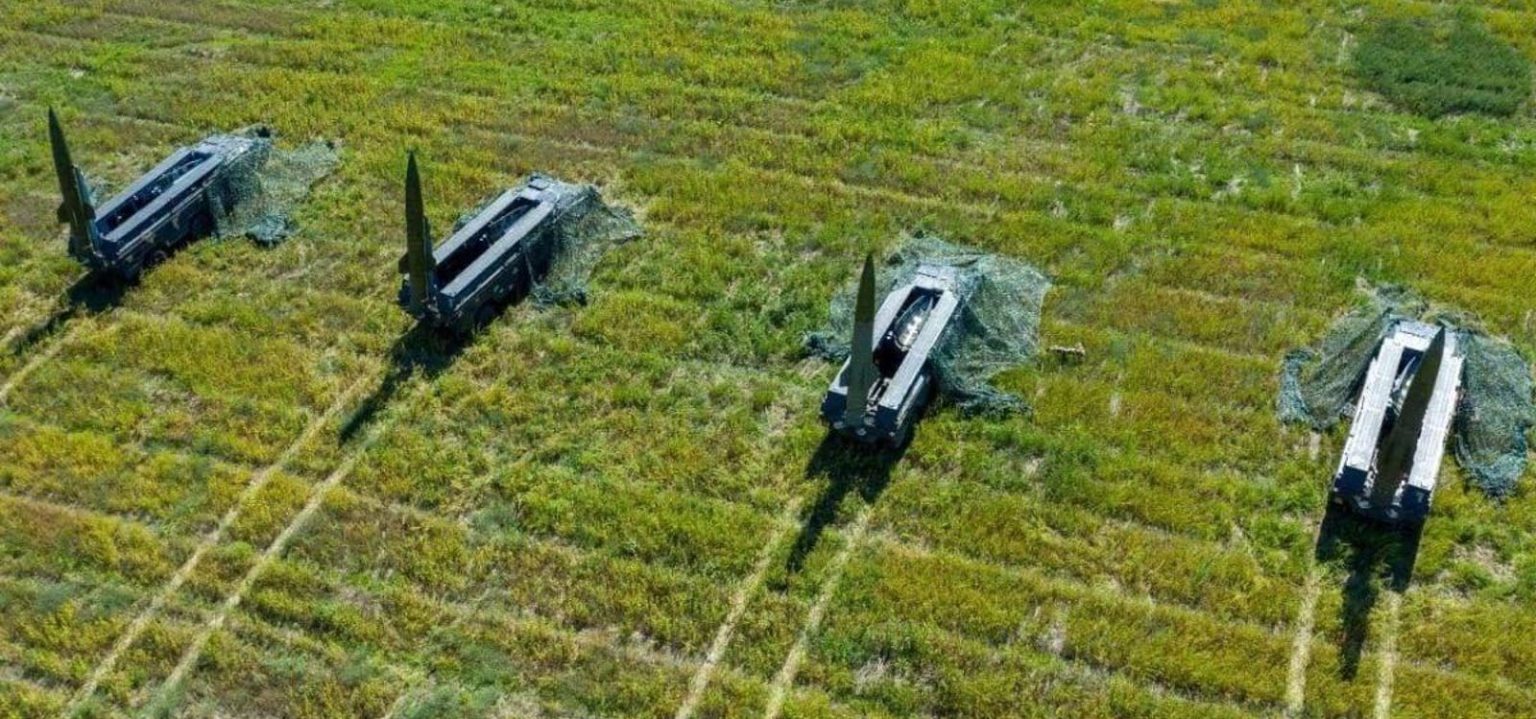When the Soviet army quit Ukraine in 1991, it left behind as many as 500 Tochka conventional ballistic missiles. Thirty-one years later, on the eve of Russia’s wider war on Ukraine, the Ukrainian army’s Tochka inventory was down to 90 active missiles.
Which makes sense. The two-ton, 70-mile-range rocket with its 1,000-pound warhead and inertial guidance has a single-stage solid-fuel engine. Solid rocket fuels don’t last forever.
Over the next year of hard fighting, the Ukrainians fired off pretty much all of their remaining active Tochkas; by the summer of 2023, it was rare to see any evidence of a Tochka launch by the Ukrainian army’s sole unit equipped with the rocket: the 19th Missile Brigade.
Six months later, the Tochkas are back! This week a photo circulated online depicting the remains of a Ukrainian Tochka in Belgorod, in southern Russia. The aftermath of an apparent attempted rocket strike on a military target several miles inside the Russian border. Another Tochka strike, targeting Russian forces in occupied Donetsk, reportedly took place two days earlier.
That the Ukrainians are firing Tochkas again also should come as no surprise. Ukraine long has possessed one of the biggest rocket industries in Europe. The sprawling Yuzhmash—a.k.a., Pivdenmash—complex in Dnipro, in southern Ukraine, produces a wide array of rockets and rocket-parts for space launches and military use.
Russian firm KBM was the lead manufacturer of Tochkas during the type’s main production run between the 1970s and 1990s. But Yuzhmash had no problem building its own Tochka parts following the collapse of the Soviet Union.
It’s not for no reason the Ukrainian government tapped Yuzhmash to build a modernized version of the Tochka called the Hrim-2. Likewise, it’s not for no reason Russian forces repeatedly have targeted Yuzhmash. The Kremlin claimed one April strike “destroyed” a Tochka workshop in Dnipro.
It’s apparent the Yuzhmash complex remains active, however. It has rebuilt or dispersed targeted facilities, or both. As recently as June, the Ukrainian defense ministry claimed the Hrim-2 was ready for production, presumably in Dnipro.
The Tochka is not a sophisticated missile. If Yuzhmash can produce heavy engines for high-stakes space-launches, there’s no reason it can’t recondition—or even build from scratch—the much smaller, simpler Tochka.
And since the Soviets left behind in Ukraine hundreds of Tochkas, there should be plenty of old rocket bodies lying around that Yuzhmash can work with.
Why the Ukrainians would bother replenishing their Tochka inventory is obvious. Despite the steady expansion of Ukraine’s deep-strike capability—with French- and British-made air-launched cruise missiles, ground-launched M39 rockets from the United States and locally produced munitions including Neptune cruise missiles and S-200 surface-strike ballistic missiles—the demand for deep strike easily outstrips the supply of these weapons.
The more airfields, factories, bridges and depots the Ukrainians strike a hundred or 200 miles behind the front line, the fewer well-equipped Russian forces they have to fight at the front line.
Read the full article here





